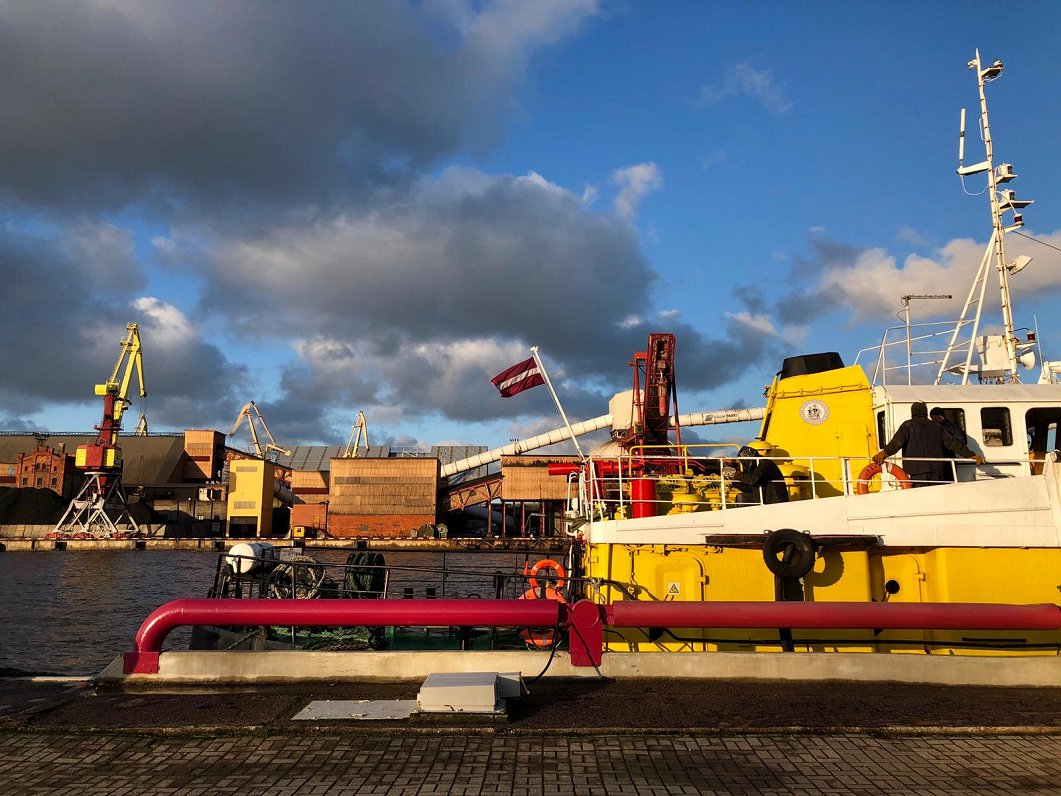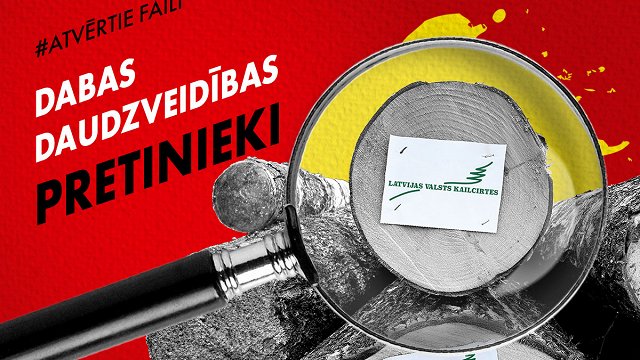Russia flexes muscles
The Russian ports of Ust-Luga, St. Petersburg and Primorsk are currently the eastern Baltic Sea ports with the highest cargo turnover, followed by Klaipeda, Rīga, Ventspils and Tallinn. In addition Russia also has ports in Vysotsk, Vyborg and Kaliningrad.
Historically the ports in the Baltic countries have been Russia's connecting points to the Baltic Sea from the Russian Empire to the USSR, so after regaining independence Latvia, Lithuania and Estonia continued this cooperation. However Estonia was the first to experience a shakup in this partnership when they moved a Soviet statue and Russia cut off all shipments through the Tallinn port.
The main blow to the Baltic transit sector was Russia's decision 20 years ago to develop a string of new ports next to St. Petersburg and Kaliningrad. At first the dominant thinking was that there's enough to go around, but now the Baltic ports are increasingly only seeing the transfer of “leftover” cargo, which is also decreasing while Russian ports expand.
Finding alternatives
Even for those who think it's an exaggeration that all Russian cargo will be diverted, it's still clear that the Latvian transit sector, including ports, can no longer rely on Russian cargo. Research by the policy think tank Certus predicts that due to the Russian cargo diversion, as well as changes in consumption of oil, coal and mineral fertilizers, Latvian ports could experience a decline of high value-added transit through 2030.
Latvia's geographic location, its former trump card, no longer seems to help attract Russian cargo, and it's hard to see where replacements could be found. One alternative is Chinese cargo looking for alternative transit to the west. Although China has given signals about diversifying so as not to put “all its eggs in one basket” by sending cargo by rail to Europe, this idea has yet to yield tangible results.
Good transit infrastructure, efficient customs procedures and attractive tariffs are just a few of the things that attract cargo transfers, but if it's more convenient to use a different route China won't divert cargo through Latvia just to help a friend. Looking at a map we can see that Latvia physically makes up only a few centimeters of the cargo route to the west. Realistically, the best hope is that China develops trade relations with Sweden and Norway, so fingers crossed!
There is, however, one last hurdle provided by Russia once again. Any Chinese cargo would have to pass through Russia to get to Latvia, and Russia has proven that its tariff policies can help divert cargo to their own ports. One last hope could be the Rail Baltica cargo terminal in Salaspils, where cargo can be transferred from Russian rail width trains to European rail width trains and the other way around. But this demand is currently hard to predict, as well as whether or not it will impact ports.
As previously reported, in 2018 32.762 million tonnes of cargo were transferred at the Freeport of Riga, which is 10.1% less than in 2018, according to information from the port on January 9. Bulk cargo made up the majority of the cargo at 20.84 million tonnes, which is a 12% decrease from the previous year. 8.093 tons of general cargo was transferred in 2019, as well as 3.83 million tonnes of liquid bulk cargo. Coal made up 31.6% of the transferred cargo, followed by container cargo, timber products, petroleum products and chemical products.
While he speaks positively about cargo diversification trends as a way to explain some of the decreases, port CEO Ansis Zeltiņš also points out that the port was forced to divert a portion of their cargo while the Krievu Island project was being completed and the terminals had to move from the right side of the Daugava river to the left.
Also reported, on December 12, 2019 the Saeima, at first reading, approved amendments to the Law on Ports, which provide for the taking over of the Freeport of Riga and Ventspils under public administration. The rapid inclusion of the amendments on the Saeima's agenda came as a result of the United States' decision to sanction Aivars Lembergs, an influential figure linked to Ventspils Free Port.
According to the proposals, Riga and Ventspils port authorities will be under the supervision of the Cabinet of Ministers, and each port will have four members nominated by the Ministers of Economics, Finance, Transport and Environment and Regional Development who will be appointed and dismissed by the Cabinet of Ministers.





























